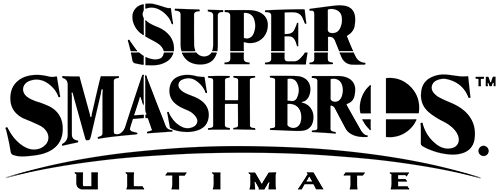The skill of creating aesthetically pleasing and harmonious outdoor places is known as landscaping. Every little thing counts regarding landscaping, and the border roll is a small but important item frequently missed. These inconspicuous strips of material are essential for defining and enhancing the visual appeal of your yard or garden.
We take a trip around the world of border rolls in this comprehensive guide, looking at their various kinds, compositions, methods of installation, and inventive uses. This thorough book will give you the information to turn your green haven into a masterpiece, whether you're an experienced gardener trying to refresh your outside space or a beginner keen to improve your landscaping skills.
Come along as we reveal the mysteries of border rolls and explore the possibilities of Discover Vintage Champagne creating borders that perfectly combine aesthetics and utility in your environment.
Understanding Border Rolls:
Definition and Purpose:
Border roll, also known as garden edging, is an essential landscape accessory defining specific home garden areas. Border Rolls are both functional and stylish, providing clear divisions between different sections stylishly.
Types of Border Rolls:
Wooden Border Rolls: They appear natural and rustic with an organic feel. They can be molded into shape to fit in any yard.
Characteristics of Wooden Border Rolls:
-
Natural Aesthetics: Your landscape looks even more authentic when you use wooden rollers.
-
Versatility: Cottage gardens are compatible or can be mixed up with wooden border rolls of various more formal landscape design themes.
-
Customization: These can be fashioned into straights or sweeps that will harmonize with the shape of your landscape.
Metal border rolls: Metal border rolls are sleekly styled and strong enough for landscaping and give it the look of modern times.
Characteristics of Metal border rolls:
-
Straight Lines: The metal border roll is ideal for sharpening the landscapes with definite lines.
-
Modern Appeal: Since metal borders give the garden’s look a sleek and neat finish, they work well with modern or minimalist garden design ideas.
-
Longevity: It is durable, and it does not rust, cannot be eaten by termites, or decay.
Plastic Border Rolls: Garden edging composed of plastic is known as plastic border rolls. Such lines create a neat and distinct separation in the garden or other surrounding spaces. They have been designed to be strong, flexible, and light-weighted. In addition, there are multiple variations of these rolls. It is a good pick for landscaping for its functional and esthetical benefits.
Characteristics of Plastic Border Rolls:
-
Color Options: Plastic borders are available in various hues, giving your garden a coordinated or whimsical appearance.
-
Affordability: Plastic is frequently an affordable material, making it a cost-effective option for garden edging.
Selecting the Right Material:
Resilience and Upkeep: Compare the lifespan and maintenance needs of each material. However, stone and metals as borders will usually outlive wood, hence more maintenance for a long period.
Budget and Expense: You need to choose material on your budget. Stone and metal would be considered long-term investments due to their durability, but plastic and wood tend to have a lower outlay.
Examine Your Landscape Architecture: Ensure the selected material blends well with your landscape’s overall theme. A stone or metal Border Roll may, for instance, fit well with a modern or formal environment, while a wooden one will probably suit a Cottage garden style.
Installation Tips and Techniques:
Setting Up the Scene: The floor must be ready before border rolls are installed. Ensure the foundation is stable, level the ground, and remove any debris from the area.
Procedure for Installation: Stake and string the required borderline. Install the border rolls in a trench dug along the designated line and fasten them firmly with supports or stakes. For a finished appearance, make sure the installation is level.
Selecting the Proper Height: Select the right height for your border roll by considering its intended use. Taller borders can divide separate garden parts, while low borders are ideal for flower beds.
Creative Ways to Use Border Rolls:
Flower Border Trim: For flower beds, use border rollers to define the edges, stopping soil erosion and giving the area a well-kept look.
Accents on Water Features: Installing border rolls around the edges of your water features, like ponds or fountains, will improve their visual appeal.
Maintaining and Enhancing Your Border Rolls:
Consistent Inspection: Check your border rollers regularly for wear, displacement, or damage. Promptly addressing problems will guarantee the durability of your edging.
Seasonal Modifications: Depending on your environment and region, you might need to modify your border rolls according to the season. For instance, border rolls can be protected from freezing temperatures in colder regions by being lifted and stored throughout the winter.
Weed Management: By establishing a barrier between your garden and the surrounding soil, border rolls that are set correctly can aid in managing weeds. To keep things looking perfect, frequent weeding is still required.
Bottomline
In the grand landscaping scheme, every piece eventually forms a great work. The simple border roll plays the role of a silent hero. With this conclusion, the best guide you could have on border rolls is that it is certain that the strips are so minor that they can change any outdoor space.
Understanding the nuances of different materials, becoming a competent installer, and using innovative approaches will allow you to transform your courtyard or garden into an oasis of artifice and orderliness. The material used determines how the story of your landscape will be told. You can go for the timeless elegance of stone, the futuristic allure of metal, or the classical charm of wooden borders.









